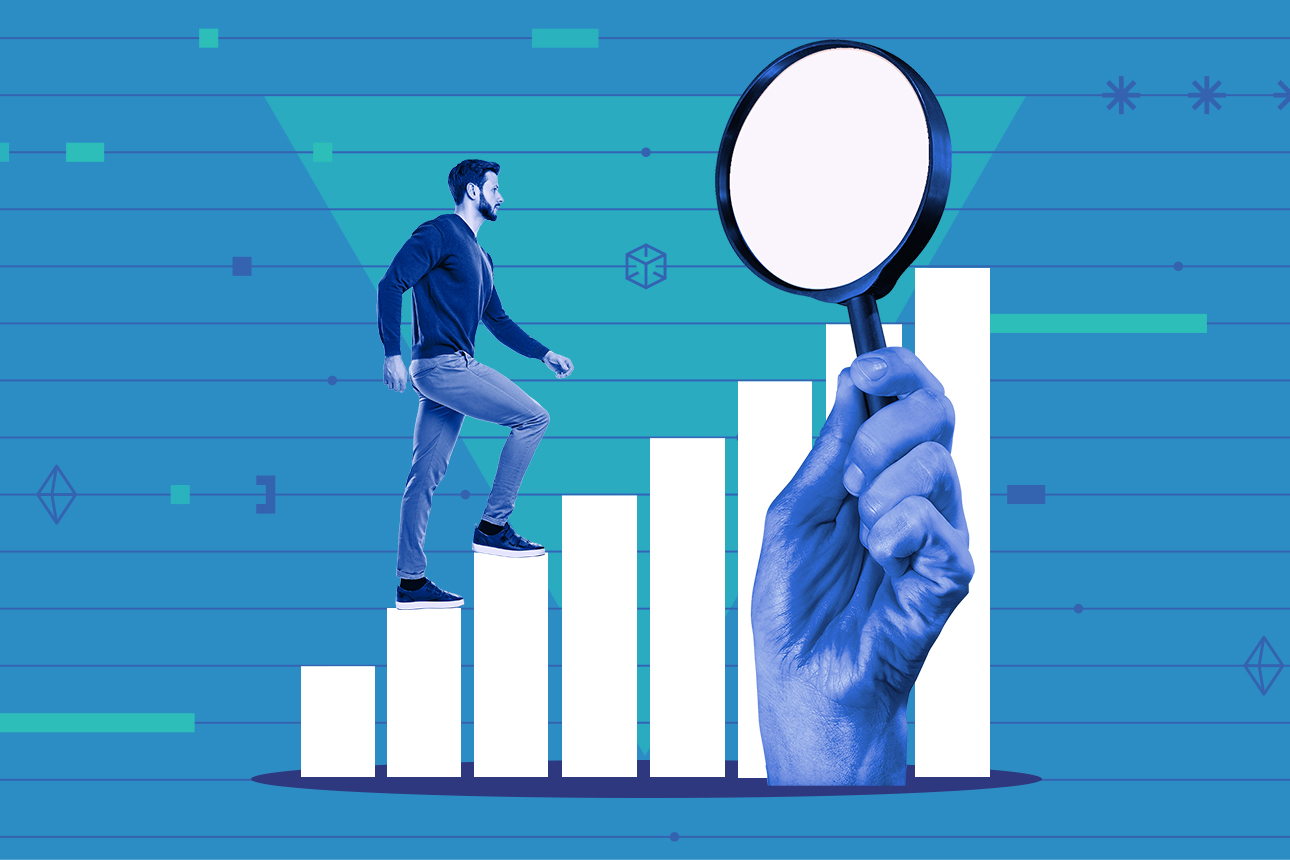Why Digital Ability Trumps IQ
How P&G assessed the digital marketing ability of its managers to achieve transformation success.
Topics

Carolyn Geason-Beissel/MIT SMR | Getty Images
In 2013, as fast-emerging digital technologies and channels were creating a sea change in consumer product marketing, A.G. Lafley, then CEO of Procter & Gamble, acted to ensure that the consumer packaged goods giant would not be left behind. He appointed F.D. Wilder, one of this article’s coauthors, as global head of e-business and tasked him with driving digital transformation across P&G’s many brands. The goal of this initiative was to develop and integrate P&G’s digital marketing abilities, e-commerce channels, and IT platforms — driving up sales, profit margins, and cash flow in the process.
As the e-business team considered this challenging mandate, it focused on the digital marketing ability of P&G’s brand and business managers as a key enabler of the transformation. Unfortunately, the team found that the literature regarding digital transformation tends to give short shrift to the capability of leaders: It focuses mainly on raising the “digital IQ” of the workforce — that is, the measurement of how much an organization can profit from digital and technological solutions.
Get Updates on Transformative Leadership
Evidence-based resources that can help you lead your team more effectively, delivered to your inbox monthly.
Please enter a valid email address
Thank you for signing up
Digital IQ has its limitations as an effective measure of ability, not the least of which is its strong emphasis on teaching and testing for generic vocabulary and knowledge. Yet digital and other transformational efforts nearly always require employees to work in new and unfamiliar ways. To ensure that they can do this new work, leaders must be able to assess employee ability by connecting it not only to knowledge and skills but also to targeted actions and performance outcomes. Only then can they identify and activate pockets of strength in the digital ability of employees and isolate and remediate pockets of weakness.
Assessing the Dimensions of Employee Ability
To assess employee ability, leaders need to identify the attributes of employee roles and convert those attributes into performance metrics. Then they need dashboards that can be used to track and improve those metrics, such as by crafting training programs and other interventions to address gaps in the abilities of individuals and groups.
At P&G, the e-business team identified a set of key attributes that define the digital marketing ability of the company’s brand and business managers. These five attributes were anchored in the customer’s digital journey and relate to the classic marketing funnel (discovery, awareness, interest, purchase, and loyalty).
